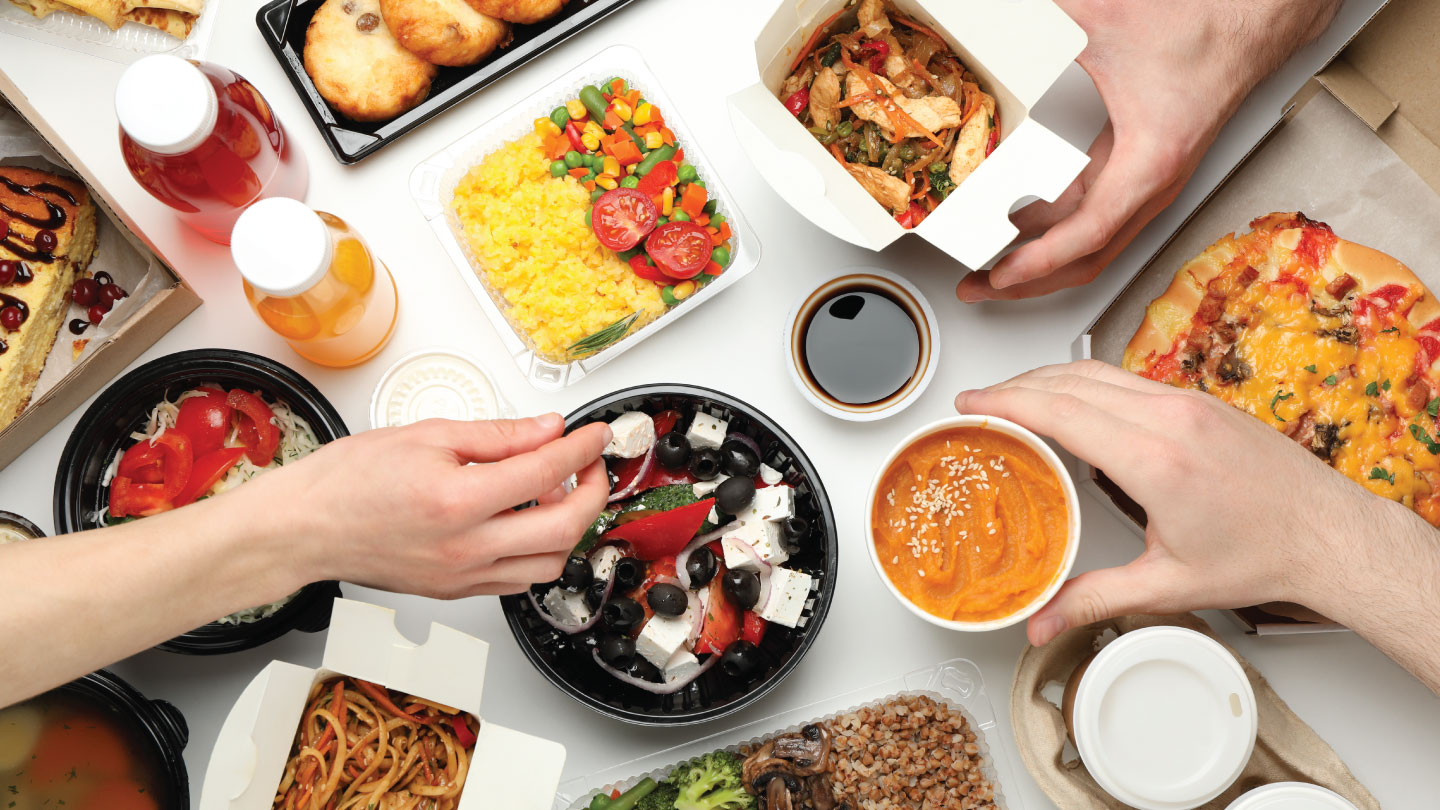Nutrition
Healthy Foods That Are High in Vitamin D
Getting our fill of Vitamin D is challenging since we spend so much time indoors. Maintain healthy levels, strengthen your bones and immune system with these Vitamin D-rich foods.

Vitamin D, popularly known as the sunshine vitamin is both what our bodies make and a nutrient that we eat. Vitamin D (D2 and D3) is a fat-soluble vitamin that regulates the amount of phosphate and calcium in the body—nutrients needed for healthy muscles, teeth and bones. “Lack of vitamin D can lead to bone deformity, achy bones and skeletal complications such as rickets, osteoporosis and osteomalacia,” says Dr Nikita Suresh, Ph.D., Bengaluru-based certified nutritionist. Evidence from the Journal Nutrients finds a link between depression and vitamin D too. It says that improving vitamin D levels improves depression. Also, there’s a greater role of vitamin D in our thyroid functioning. Low levels of vitamin D are associated with autoimmune thyroid diseases (AITD) such as Hashimoto’s thyroiditis (HT) and Graves’ disease (GD).
Our body synthesises Vitamin D on exposure to sunlight. The cholesterol in our skin cells use the sun’s ultraviolet B (UVB) rays to make vitamin D. Exposure to sunlight between the hours of 11 a.m. and 2 p.m. promotes vitamin D production in the skin year round, says a study in the journal Dermato Endocrinology. The application of sunscreen has a marginal impact on the skin’s ability to produce vitamin D. People practically apply a very little sunscreen to block all the UVB light. “Normally, having a serum level of >30ng/ml is the preferred level of vitamin D in Indians,” says Dr Suresh. However most Indians often do not have sufficient amounts of vitamin D. A community-based Indian study conducted by the Journal of Family Medicine, 2018 shows a vitamin D deficiency ranging from 50% to 94% in India. There are many reasons for it being so common in our country. “Increased indoor lifestyle, mainly in the urban population due to modernisation, prevents adequate exposure to sunlight,” quotes the journal.
“Also, our Indian diet generally fails to satisfy the daily requirement of Vitamin D in a normal adult. There are only a few foods—easily available in India—that provide vitamin D. This stresses on the need for fortifying various foods with vitamin D,” explains Dr Suresh.

Here are a few foods available in India you can have to raise your vitamin D levels:
1. Egg Yolks: Eggs are one of the highest natural sources of vitamin D. Having just one egg yolk can provide you 36.7 IU of vitamin D. “Eggs yolks are highly nutritious and should be included as a part of a balanced diet,” says Dr Suresh. Research has confirmed that eggs also contain many healthy nutrients: lutein and zeaxanthin, which are good for the eyes; choline, which is good for the brain and nerves; and various vitamins (A, B, and D).
2. Fortified Milk: Fortified milk is an easily available source of vitamin D in India. To achieve fortification, milk is enhanced with vitamin D during processing. About 250 ml of fortified milk provides 115 t0 124 IU of vitamin D. According to FSSAI (Food Safety and Standards Authority Of India), fortification of milk with vitamin D is a good strategy to address micronutrient malnutrition because it is consumed by most of the population groups.

4. Fortified Cheese: Did you know that about one slice or a stick of fortified cheese (cheese added with vitamin D3) can provide 40 IU of vitamin D? A study Fortification of Foods with Vitamin D in India states that fortified cheese protects the potency of vitamin D for much longer–helping you to boost the levels. “Ricotta, cheddar and feta cheese are some varieties easily available in India,” says Dr Suresh. Cheese has other benefits too. It provides a wide range of crucial vitamins (A, B6, B12, D, and K), minerals (calcium, iodine, magnesium, potassium, phosphorus, and zinc), fats, proteins, and other micro constituents needed for good health.

6. Cod liver oil: This nutrient dense oil contains Omega 3 fatty acids, vitamin D, and vitamin A to provide many health benefits including reduced inflammation and lowered blood pressure. “The vitamin D in cod liver oil not only prevents rickets but also helps in muscle function and may prevent type 1 diabetes, hypertension, and many common cancers,” quotes a study published in The Medscape Journal. Cod liver oil is probably best avoided by pregnant women, asthmatics, and people taking anticoagulants such as warfarin, says National Health Service, UK. The large amounts of retinol in cod liver oil can harm the baby in pregnancy.
EXPLORE MORE
That constant urge to snack may have less to do with food and far more to do with water. Dehydration doesn’t always announce itself as thirst, and that misunderstanding changes how, when, and why we eat.
Five thoughtful breakfast combinations that work with diabetes, PCOS, thyroid issues, inflammation, and heart health.
From fibre and protein to gut health and mindful meals, these are the healthy eating lessons that stood out in 2025!
Bloating isn’t just about overeating or bad food choices. According to expert nutritionist Dr Lakshmi Kilaru, it’s often the result of multiple factors. Keep reading to know more.






.jpg)
.jpg)

.jpg)
